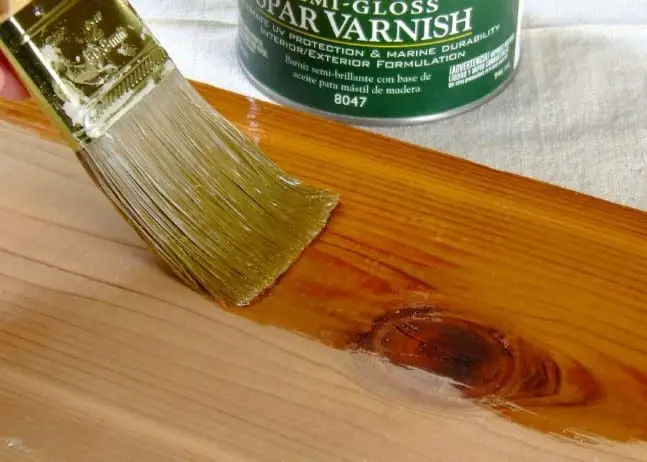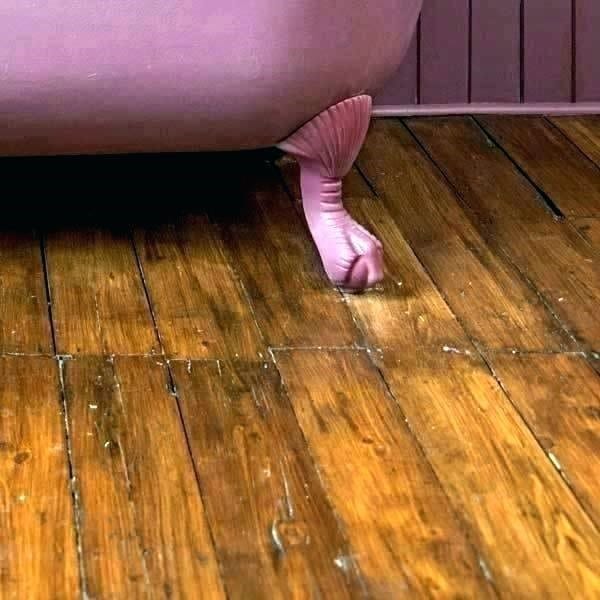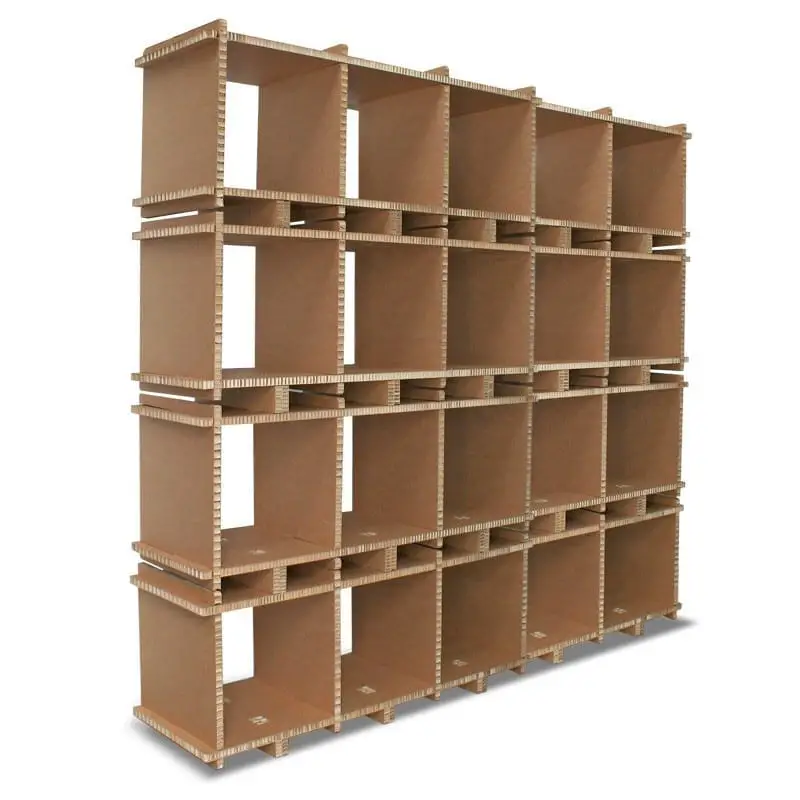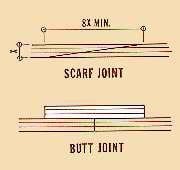If you have to remove polyurethane from wood then this guide will show you how. A polyurethane finish can only be removed with the use of chemicals. Therefore you need to be very careful and work in a safe and well-ventilated environment.
Only when you have learned how to remove polyurethane finish in the wood will you be able to refinish wooden furniture, floors, and walls with the same finish.
Polyurethane removal from wood simplified
You need to be able to strip polyurethane varnish from wood using the right techniques and the right tools. It’s not too hard to do so. You must also have the right amount of patience since you need to follow each step closely.
Things you will need
- Protective equipment (mask, gloves, and goggles)
- Stripper
- Scrapper
- Steel brush
- Solvent
- Rags and paper towels
Instructions
1) Prepare your working area
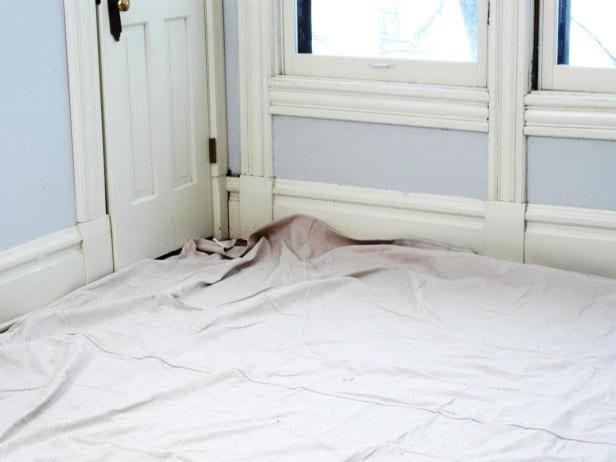
Source: https://www.diynetwork.com/how-to/skills-and-know-how/painting/how-to-paint-a-room
You will be working with chemicals in removing polyurethane varnish, therefore, you need to be in an area with good ventilation. Open doors and windows in the room. You must use a fan blowing inward and another one blowing towards the outside or as a ventilator to remove unhealthy air from the room.
Protect your furniture by placing a cover on the furniture and also on the floor. A plastic tarp underneath the piece of furniture will also provide good protection. Protect yourself by wearing rubber gloves, goggles, a vapor ventilator mask and overalls to protect your clothes from splashes.
2) Choose your paint stripper
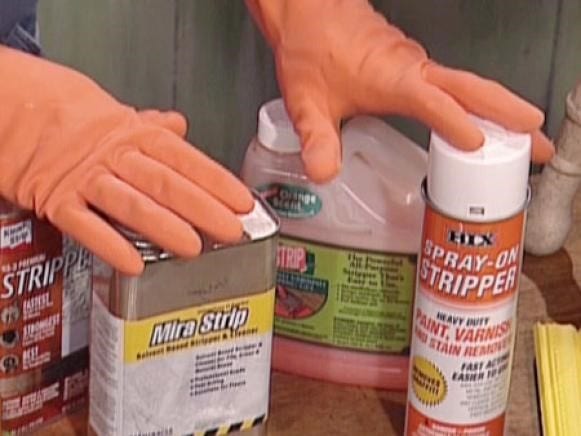
Source: https://www.diynetwork.com/how-to/skills-and-know-how/painting/paint-stripper-basics
There are many kinds of paint strippers in the market but the most effective are chemical-based paint strippers. Products that contain methylene chloride, are very effective but could be harsh on your skin and may also cause respiratory conditions. There are non-chemical based strippers available but these may take a very long time to work.
3) Applying the paint stripper

Source: https://www.diynetwork.com/how-to/skills-and-know-how/painting/how-to-remove-paint-with-chemical-strippers
Coat the area with polyurethane with paint stripper. You need to completely soak the area and you can do this with an old brush or paint roller. Let the stripper settle for at least ten minutes for it to work. Follow the instructions provided by the product manufacturer. It is ready when the polyurethane starts wrinkling and bubbling.
If you need to leave the project for a long time while waiting for it to work, cover the project with a plastic tarp to keep it wet.
4) Removing polyurethane
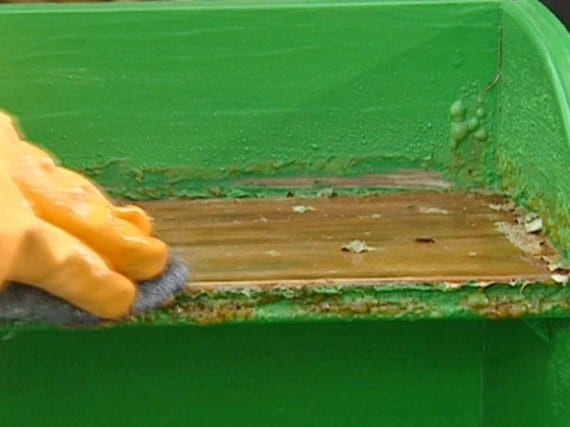
Source: https://www.diynetwork.com/how-to/skills-and-know-how/painting/how-to-remove-paint-with-chemical-strippers
Use a metal scraper to gently peel off the bubbly, peeling polyurethane varnish. Scrape the direction of the wood grain; doing the opposite can damage the surface of your floors or your furniture. Use a steel brush to get into small, curved and decorative areas of your furniture, wall or floor.
Wash the polyurethane with a solvent. This will clean up the end of the polyurethane and remove the paint stripper. Use a paper towel to apply this to wood. There is no need to wait or to let the solvent settle. You just have to wipe it on and the rest of the polyurethane will just stick to the towel. Discard the paper towels well.
Repeat the steps as needed. If the first round of application didn’t take off enough of the polyurethane, apply another layer of paint stripper to the area and then scrape it again.
After generally removing polyurethane with the stripper it’s time to sand down what remains.
Use a fine steel wool or 150-grit sandpaper. This step will let you sand down and remove everything that is left of the polyurethane. The after wash or solvent should have taken off most of the polyurethane, which is why you shouldn’t need to use a large grit, heavy-duty sandpaper.
5) Repainting finish

Source: https://www.wikihow.com/Paint-Wood
When using sandpaper for removing polyurethane, always rub with the grain. Now your furniture or floor has been completely stripped with polyurethane and ready to be painted or finished with a brand new coat of stain.
Soak discarded rags and steel wool in water. Take the water and rags to a hazardous waste disposal unit along with leftover stripper. Never throw rags and chemicals into the trash or sewer.
Conclusion
Removing polyurethane on floors and furniture or other wooden pieces can take time. You must follow paint stripping techniques closely and use appropriate materials and tools. Work safely with chemical strippers from preparing wood to the disposal of materials for any project.
